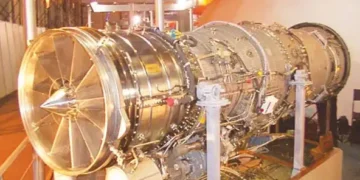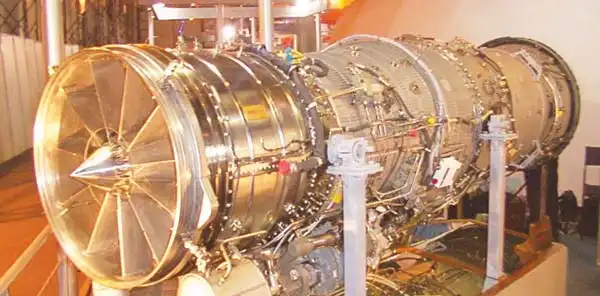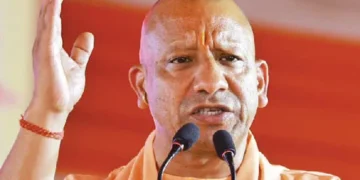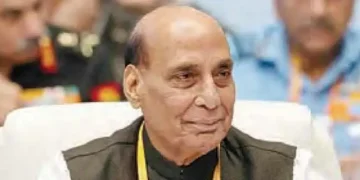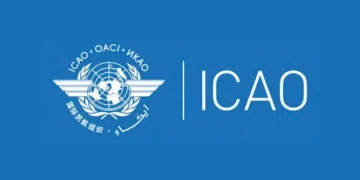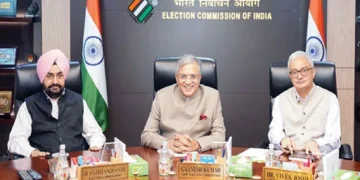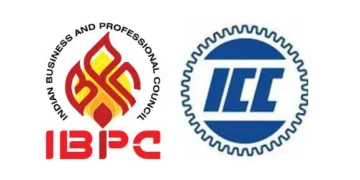Blitz Bureau
NEW DELHI: PRIME Minister Narendra Modi’s Independence Day address, calling for the development of home-grown jet engines, has revived one of India’s most ambitious and difficult technological quests. His appeal to scientists and engineers marks not only a renewed push for selfreliance but also an attempt to close a gap that has dogged the nation’s aviation story for decades.
India began building its own combat aircraft in the 1960s with the HF-24 Marut, but the project stumbled when the country could not field a suitable indigenous engine. The Marut was forced to rely on imported Orpheus powerplants, limiting its performance. Subsequent generations of aircraft— MiGs, Jaguars, Mirage 2000s, and Su30MKIs—continued the pattern, with engines sourced from Russia, France, or the United States.
Hindustan Aeronautics Limited (HAL) became the backbone of this effort, manufacturing engines under license at its Koraput plant. From the MiG-21’s R-25 to the Su-30MKI’s AL31FP, India assembled engines but did not design them. This reliance underscored the technological gulf between building airframes and mastering the heart of a modern fighter aircraft—the jet engine itself.
The Kaveri experience
IN 1989, India launched its most ambitious indigenous programme: the Kaveri turbofan, intended to power the Light Combat Aircraft (Tejas). Despite decades of work and significant investment, the engine could not achieve the required thrust levels. The Kaveri was eventually sidelined, though research spin-offs continue.
The government is now pursuing a pragmatic path: co-development with technology transfer. In 2023, General Electric and HAL signed an agreement to produce the F414 engine in India, with commitments of substantial technology sharing. The engines will power the Tejas Mk-2 and are candidates for the Advanced Medium Combat Aircraft (AMCA).
France’s Safran, already a partner with HAL in the Shakti turboshaft used on helicopters, has also offered to jointly develop a new fighter-class engine in India. These collaborations, if realised, could provide the design expertise that India has long lacked.
A global club of few THE jet engine industry remains one of the world’s most exclusive domains. Four giants—GE Aerospace, Pratt & Whitney, Rolls-Royce, and CFM International (a GE–Safran joint venture)—dominate the commercial market. A handful of others, such as Russia’s United Engine Corporation, China’s AECC, Japan’s IHI, and Ukraine’s Motor Sich, operate primarily in military or niche segments. For India, joining this select league would be a strategic milestone.
Delays in foreign engine deliveries have slowed India’s fighter programmes in the past. Indigenous capacity would insulate the country from supply chain shocks and geopolitical pressures, ensuring operational independence for the Indian Air Force. The Prime Minister set the tone when he declared: “Dependence on others raises questions about a nation’s independence. Just as we built vaccines during Covid and created UPI for digital payments, we must build our own jet engines.”
